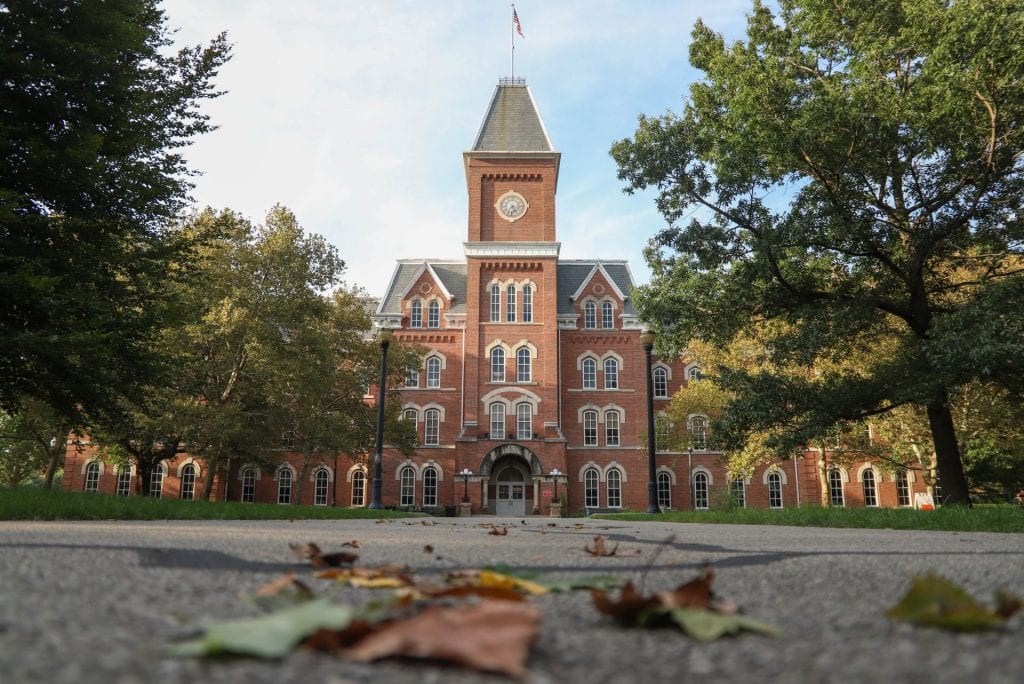The days are getting shorter, the weather’s getting colder, and pumpkin spice flavoring is everywhere — it’s officially fall, and with fall comes colorful leaves covering the ground. But why are the trees dropping their foliage all over the place?
The reason mostly has to do with how trees “eat.” Through the process of photosynthesis they absorb carbon dioxide and turn it into sugars, which the tree can then store and break down into energy later. However, in order to do this, they have to take in sunlight, which is in short supply during the winter. So the trees stop producing food in the winter. In a sense, they’re hibernating, like bears do, by not producing or consuming as much energy in the winter when “food” (sunlight) is scarce.
It takes a special kind of molecule called a pigment to absorb light, and even then, no one pigment can absorb all the different colors of sunlight. Most leaves contain large amounts of pigments known as chlorophylls. There are two types, chlorophyll A and chlorophyll B, which are green in color. This might make it seem like they absorb green light, but they actually do the opposite; they absorb every color except green, and the green you see is the unabsorbed light being bounced back at you.
During late spring, summer and early fall, the leaves are busy photosynthesizing sugars, so the tree produces lots of chlorophyll to absorb as much light as possible. But once the days start getting shorter, that chlorophyll isn’t as useful as it used to be, so the tree breaks it all down. This reveals the other pigments inside the leaves, carotenes and xanthophyll pigments. These pigments are yellow and orange, but usually there’s so much chlorophyll you can’t see them. The trees also produce anthocyanin pigments, which are red and help protect the plant from being eaten or sunburnt. This mix of pigments creates the spectacular array of colors seen in trees during the fall.
However, the trees have to lose their leaves eventually. They aren’t producing sugars, so they’re just wasting space and energy. So the tree grows a layer of cells around the stem of the leaf, and once that layer grows in between the stem and the branch of the tree, the leaf falls off. The reason trees don’t just cut off the leaves to begin with instead of going through the process of changing colors is because if the tree takes the time to degrade the chlorophyll and bring it into the body of the tree, it can use those pieces next spring to make new chlorophyll, saving energy.
Did you know that the weather can actually affect the color of trees in the fall? If the temperature is extremely cold, but not freezing, the tree produces more anthocyanin, making the trees more red. But if it’s too cold and there’s an early frost, the color will be weakened. On the other hand, lots of rainy or overcast days will make the color more intense.
Unfortunately, these bright colors don’t last very long, so even though it’s as cold as it is, you should get outside and see them for yourself. After all, this natural fireworks show only happens once a year.



